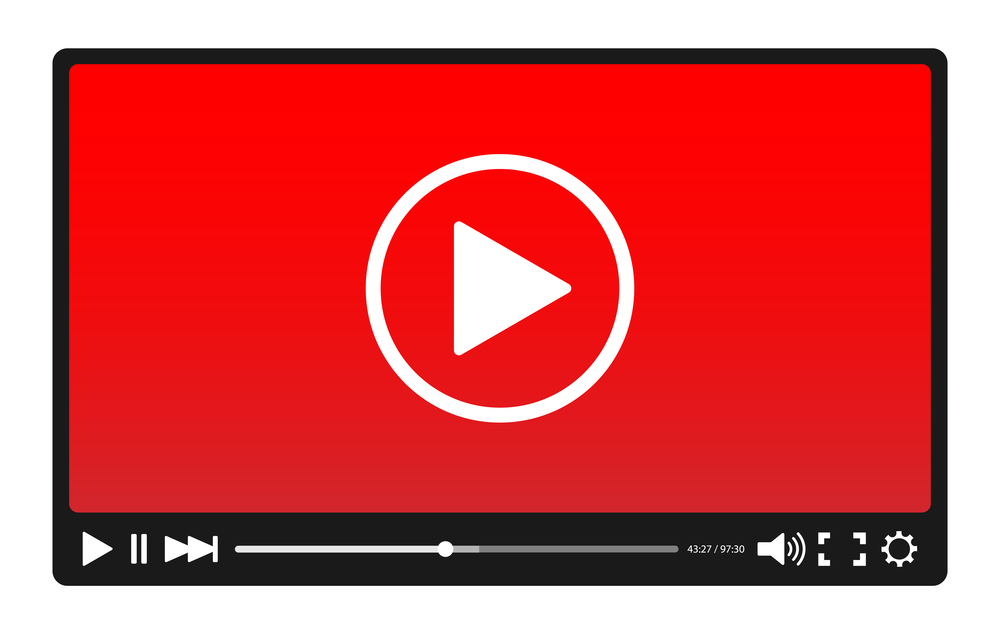How Does an OTT Player Work?
February 3, 2022
Even though OTT is well established at this point, it can seem a bit mysterious to new users. How does content from an OTT platform reach users without complicated cable boxes or specialized programs on your computer? The secret lies in the OTT player that each platform uses. This piece of software regulates playback and performs some nifty tricks to make streaming content online easier.
Common Features of OTT Playback Systems
All OTT playback software does essentially the same thing. However, the exact methods beneath the surface vary from platform to platform. OTT content resides on servers operated by the platform. For example, Netflix sends servers to internet service providers (ISPs) around the world. These servers contain a large chunk of the Netflix library. When you choose a show or movie, these servers send you the data. The Netflix player takes that information and decodes it into video you can enjoy.
Depending on the way the original video file was encoded and uploaded, a platform's player might have additional features. For instance, some video formats support chapters so that you can easily skip to another part of a video. Others allow for HDR video, which looks stunning on a compatible screen. The player has to support these advanced formats to allow for these features.
Connected TV Players
Connected TV players like Roku or Amazon FireTV rely on servers just like any other OTT platform. However, they can include their software in TVs straight from the factory. If a TV doesn't have an OTT platform built in, you can add one by buying a Roku dongle that plugs into one of your HDMI inputs. Similarly, Amazon FireTV sticks allow you to access those libraries. In these cases, the stick itself contains components to run the media player.
You'll likely notice that these players delay a bit when you first start them up. This is because the connected TV device loads its software into the TV. TVs with the app built in tend to run faster.
Web Browser Based Players
Other OTT platforms use web-based solutions to provide playback. The most common example is the YouTube Media Player. You can pull videos from YouTube directly using their web-based media player. Best of all, you can embed the player as an element in a website and views on that page will count as views in your YouTube analytics. Vimeo also supports this function. You can access these players from any web browser, though Chrome works best for YouTube.
Mobile App Players
Mobile app players like HBO Max for iOS and Android stream data from servers and then decode it on your device. Mobile players are given specific code to pull lower-resolution versions of videos since that will consume less data on the device. Otherwise, they're virtually identical to the kind of player on your TV.
Put Your Content on Every Player
Regardless of the player used, you want your content on every platform. With the Lightcast Media Cloud content delivery network, you can upload once and publish everywhere. Request a callback from Lightcast or send us an email to learn more about how our software can help your content reach every OTT player.














